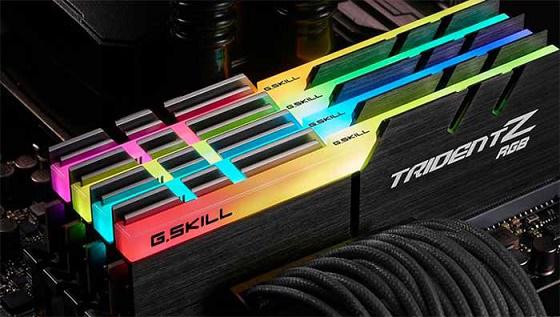After two years of rising, DRAM prices finally fall in Q4 in October of this year. However, Samsung, SK Hynix and Micron, who make a bundle by memory prices rising, are still unsatisfied that they have cut capital expenditure of 2019 to reduce DRAM capacity. But the falling trend won’t be stopped, and even higher than expected. The Q1 market analysis of next year is that memory will decrease by 10-15% compared with last quarter, which is higher than it is predicted by 10-12%. What’s more, NAND flash memory prices will decline by 10-15%.

According to UBS analyst, Timothy Arcuri, reported about memory market earlier, although Micron’s rating is remained neutral, he downgrades its target price from $52 to $41. The reason why he isn’t optimistic about Micron shares is the Q1 memory price reduction of next year is higher than expected, which is analysed to decrease by 10-12% compared last quarter. However, the latest data reveal that the Q1 memory price decline will be up to 10-15%, while NAND flash memory prices will also cut by 10-15%.
There are various negative factors of DRAM reduction, such as Intel processors stockouts impacts PC market and weaker demand of sever and mobile DRAM. As for NAND flash memory, its demand is affected by PC OEM manufacturers reducing SSD inventories as well as the week demand of smart phones.
Whether the DRAM prices will fall or not? Wall Street analysts and manufacturers hold different views. The Powerchip CEO, Huang Chongren talked about the sanction of JHICC by US and giants like Samsung reducing production capacity which would result in no new capacity of memory market in 2019. He predicted there would be a serious stockouts of memory market next year. As for why there are such different contradictory statements depends on the camps who support memory prices rising or falling. The discussion of Upstream suppliers, including Samsung, Micron and Powerchip, is always around whether DRAM demand decline or not, thus, there will still be a shortage in the future.